Shared decision making is a worthy ideal but hard to do consistently. What makes it difficult and how can these barriers be removed, asked an HSJ roundtable. By Alison Moore

In association with Intersystems
Sharing decision making with patients is one of those motherhood and apple pie issues for the NHS: it would be hard to find anyone who would argue that patients should not be meaningfully involved in making decisions about their care.
But what appears simple in theory can prove hard to put into practice. The best intentions can go out of the window under the pressures of a busy accident and emergency or outpatients department, patients frequently enter the service at different points and getting cultural change across all staff groups is hard.
There are points where these difficulties become more pressing. End of life care, for example, exemplifies many of these issues with the added complication of patients and their carers often being extremely distressed, and patients sometimes losing the capacity to consent – for example if they are unconscious.
You end up with a better outcome if patients and carers are involved at the outset
An HSJ roundtable looked at some of the barriers to shared decision making and how they could – and are – being overcome. Chair, independent journalist and editor Daloni Carlisle started the discussion by saying putting patients in the driving seat “was incredibly easy to say and incredibly difficult to do. How do we support shared decision making and share these decisions once made”
There was a clear message from those involved in patient representation and organisations that they did want to be involved – often at a variety of points in any process or journey, and in different ways.
Significant expertise
Fiona Carey, the co-chair of the East of England Citizen Senate, was clear that services would work better if patients were involved in planning them at the start. She said: “Shared decision making is about being involved in the planning and design of care as well. You end up with a better outcome if patients and carers are involved at the outset. We see things you can’t see.”
Many patients with long term conditions would only spend a couple of hours a year in the company of their doctors, she added. This meant they would effectively care for their own health the rest of the time – and many of them would build up significant experience and expertise as a result of this.
Alex Wyke, chief executive of PatientView, which enables patients and professionals to share information electronically, said that, Europe-wide, one of the major factors driving patient choice and empowerment was decentralised budgets. Patients were suspicious that they may not be getting the best quality care because the healthcare professional dealing with them was a budget holder.
Time pressure
She pointed to other ways in which patients were starting to become more engaged, often outside the formal health structure. “Social media is a driver. We do surveys of patient groups and how much they use Twitter – it is 60 per cent with HIV groups, that is how they engage,” she added.
Panellists were quick to highlight some of the practical difficulties they saw in ascertaining and respecting patients’ views in difficult situations. Senior clinical adviser at the London Ambulance Service Trust David Whitmore explained the issues for paramedics.
“Very often you don’t know the patient, you have never met them, you may not know their GP or their care plan or sometimes what the patient’s wishes are. A crew that starts their shift at the Homerton can find themselves in Kilburn, Hampstead, even Heathrow.”
Time pressure on hospital staff could prevent them from having discussions about patient preferences
George Perrett, a Darzi fellow based at the Homerton Hospital in East London and whose work covers shared decision making, said there was often time pressure on hospital staff which could prevent them from having discussions about patient preferences – and sometimes it could be hard to determine the patients’ views. In these cases, knowing what they had previously indicated was important.
“As a doctor you are making a best interests decision for someone with reduced capacity. At 3am when you have a patient you don’t know about, if you have an advanced statement about them and what they want that can be invaluable,” he said.
“Yesterday we had a patient having a conversation about end of life and we asked if they had ever had this conversation before. They said they had, with their GP. But the clinical team on the ground did not have access to the form.”
If I talk to my husband, he does not see the need to be an expert patient – he says the NHS is there
However, there were also difficulties in engaging some patients in discussions about their preferences for care. Julie Shepherd, director of nursing at Northamptonshire Healthcare Foundation Trust, said there could be a generation gap where older people still thought that “doctor knows best” – although this was beginning to change.
“If I talk to my husband, he does not see the need to be an expert patient – he says the NHS is there,” she said.
Patients can often be in the “here and now” and not be thinking about the future. When she talked to her staff, they said many patients did not want to discuss the future as they were too busy managing their condition.
Dr Perrett said it was necessary to have a structure in place so that if patients wanted to be involved they could be – and this had not always happened historically. “There will always be patients who say doctors know best,” he added.
However, more discussions were now taking place not just about “do not resuscitate” decisions but a wider range of clinical procedures which patients could choose whether to have.
Even the people who say that doctors know best still have opinions about their care
Julia Riley, a palliative care consultant at The Royal Marsden Hospital Foundation Trust and the clinical lead for information-sharing system Coordinate My Care, said: “Even the people who say that doctors know best still have opinions about their care. We need to give them a forum where we are happy to listen to them and act on what they want.”
She said she had recently had contact with an 85 year old woman whose GP had said she did not need an advance care plan. The woman, however, was worried about what would happen to her pets if she died and this was one of her main motivations for planning ahead.
Some patients might have had a lot of time to accumulate knowledge about their condition while others might suddenly be in an acute situation where a decision had to be made quickly, pointed out Dr Perrett. In the latter case the patient might also have reduced capacity to make decisions and that could lead to a very paternalistic system.
Cultural changes
Patients can find these conversations hard, suggested David Gilbert, patient director of Sussex MSK Partnership (Central) and a former mental health service user. “They are difficult conversations to be had and that is challenging for many people.
”When I was discharged I did not want any more shared decisions… I wanted to get back to study, a house and that sort of thing. Who is going to help me with that?” he said.
That might be where peer-to-peer support could be helpful.
Using the right words with patients and careers was also important
But there were questions about how the right space could be created for difficult conversations in a pressurised system. “I have seen anxieties passed on from central government to commissioners to staff and patients, and if the patient has a cat to kick, they would kick them,” said Mr Gilbert.
Using the right words with patients and careers was also important: his father had been on the Liverpool Care Pathway and one relation asked why he was being sent to Liverpool.
Pushing forward, shared decision making will require significant cultural changes for NHS staff and this was identified as a barrier by many of those around the table. Some saw this as related to wider perceptions of what healthcare professionals’ roles were.
Professor Riley said medicine had tended to be reactive. “You come in with a broken leg, we fix it and send you home.”
It needed to move to being more proactive and doing more preparatory work and that was a significant change for many people. Ms Carey’s mother gave a personal example of her late mother who had developed a sore on her leg while she was in hospital for a lung condition. It had been a struggle to get the sore attended to, despite her family pressing for it, because staff were focused on the other condition.
“Without someone to advocate for her she would not have had as good as care as she did,” she said.
Training and support for staff is likely to be important in changing attitudes
Understanding more about the person may be a way past this. “For me that is getting to know the patient, get to know what they are really like,” said Ms Shepherd. “They are not just an illness – they have a very valuable life and we need to understand this… for me that is what is at the bottom of this.”
Training and support for staff is likely to be important in changing attitudes. “Some are frightened. We have to support our staff to think differently,” she added.
Education and training for staff is also prominent in Coordinate My Care, and a key focus of Dr Perrett’s work.
Coordinate My Care
This is a pan London initiative allowing patients’ preferences over how they should be cared for to be recorded and shared with appropriate healthcare staff. The electronic record of patients’ choices can be accessed by GPs, community nurses, hospital teams, the ambulance service and NHS 111.
Patients can think about what they wanted in their own homes, together with their family and carers. This can be done when they want to, at whatever stage of their illness they chose.
All the organisations involved have signed formal agreements that govern how the care plans can be used and protected, and supply regularly updated lists of people who may access the information.
Julia Riley, palliative care consultant at the Royal Marsden, is clinical lead of Coordinate my Care. She said it had been focused on end of life care, with an awareness that most of the hours was “out of hours” but there was a need for information to be available.
“It is a paradigm shift in how we deliver care,” she said, with professionals having to overcome barriers to the idea of patients being in charge. What patients wanted was often not what professionals thought they wanted.
Staff need to be educated about what IT solutions can offer them and around this paradigm shift towards patient involvement in decisions, said Mr Whitmore. Dealing with complaints can give a strong indication of how shared decision making is working out in practice.
Sarah Silverton, public and patient experience lead, Dorset County Hospital Foundation Trust, said: “Fifty per cent of complaints in the NHS are around communication. When we think about patient choice and shared decision making, it’s often how that information is presented.
”When the complaints come into us it is very often around communications and understanding. The information we give patients is sometimes not at the right time.”
Sometimes there are problems around patients’ expectations, she added. Patients may have particular expectations from a care plan or a birthing plan which are not met.
Staff need to be educated about what IT solutions can offer them and around this paradigm shift towards patient involvement in decisions
And it is easy to talk about engaging and involving people who can be engaged and involved – which may be harder with some groups. Keith Holden, head of patient choice at NHS England, thought the cultural issues might go beyond those affecting staff into how patients viewed their role in their own healthcare.
“Are we also trying to, over time, culturally change the way patients engage and use the system?” he said. “Most patients probably spend more time choosing the design, colour and make of their flatscreen TV than on health services.”
So what will help make shared decision making more meaningful? Better IT systems which allow the recording and – importantly – sharing of information could help.
Professor Riley pointed out: “Choice can change from the morning to the afternoon. It needs to be supported in time and we can’t do that without an IT infrastructure to support that change.”
In many parts of the country, clinicians do not have IT systems which allow information about patient preferences to be shared even within one locality.
Ms Silverton said: “It is crazy that in these days we are using paper notes,” adding she knew of areas with five different IT systems, none of which talked to each other. However, she struck a note of caution: “You can have all the IT systems in the world but it is only as good as the data input into it.”
Sometimes solutions were low tech, Mr Whitmore said, such as encouraging patients and carers to programme the GP’s and district nurse’s numbers into their phones.
“We receive 999 calls purely because the carer is crying and can’t read what is on a piece of paper. But we – the ambulance service – need access to the care plan.”
In some cases, staff may need to explain to carers and families that the patient’s choice is different from theirs, he added. Phil Birchall, healthcare business development executive with InterSystems, said IT was changing. There was much greater recognition that it needed to put the patient at the centre and that, in doing so, it would contribute to better outcomes.
Accessible solutions
Patients now had a range of clinical information available to them and this had the potential to become a disruptive model. Ehealth and mhealth started by putting the patient at the centre and letting the technology support what mattered to them.
“What we see in the industry is people now saying the first thing we must think about is solutions that are mobile, accessible and consumercentric,” he said.
However, he could see there were problems with the lifespan of some technologies which tended to be quickly discarded: “We have all downloaded apps that are 99p and deleted them three months later.”
Apps could offer peer-to-peer support and provide a way for people to contact each other
Ms Wyke pointed out that apps could offer peer-to-peer support and provide a way for people to contact each other. About 80 per cent of apps were what could be described as “life support”, with only about 10 per cent medical, she said.
So what would help those present push forward shared decision making in their organisations? Ms Carlisle invited panellists to name the single change which they would like to see happen over the next 12 months to enable them to make steps forward.
For Dr Perrett it was the availability of resources to train staff around shared decision making – specifically the right people to do the training.
“It would be access to experts to help facilitate training clinicians to do this in practice,” he said. Part of this would be having patients involved in workshops and good quality teaching to help people change.
Training the workforce of the future was important to Ms Shepherd. “How do universities work with patients and carers for students to understand patient involvement and patient choice? Our new clinicians should understand this from day one.”
A movement could bring patients and professionals together around mutual interests
For Mr Whitmore, a more general societal change in how death and dying is talked about would help. “We should get hold of the scriptwriters for The Archers, Emmerdale and Casualty and write true to life how this does and should work involving patients and weave it into the storyline.”
Mr Holden said there was no silver bullet but a movement could bring patients and professionals together around mutual interests.
Ms Carey suggested this ought to be an angry social movement with the recognition that, for example, decisions on the NHS’s budget were essentially political ones.
“We should be ripping up the streets about this,” she said, pointing to such long running issues as poor wheelchair services which didn’t seem to get resolved. Mr Birchall said change was complex and difficult but it was possible.
There was a need to find those examples which were working well – and there were projects which were doing so – not just from the patient’s point of view but also for the healthcare professionals involved.
Despite barriers to meaningful shared decision making, many panellists felt change was happening in some areas, with greater willingness on all sides to engage with it and to find ways of moving forward.





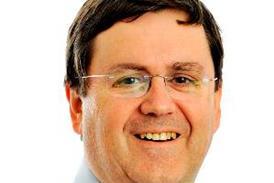
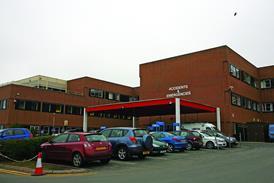
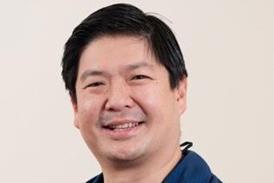
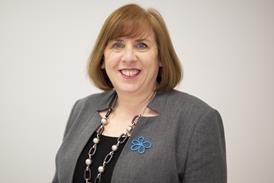









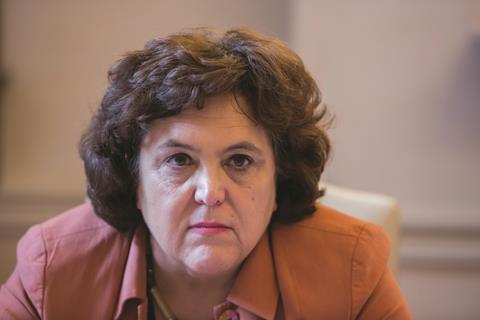
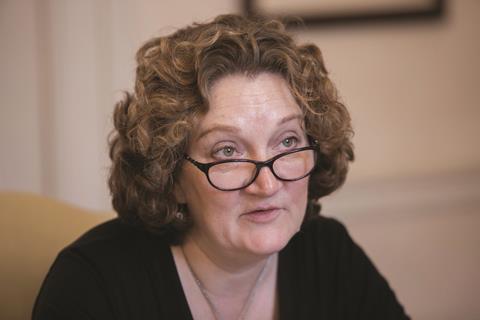
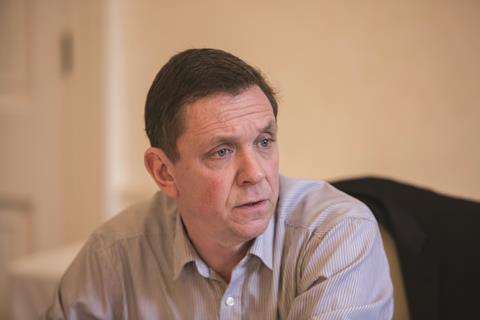
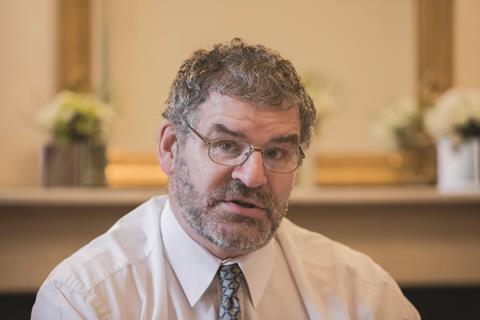

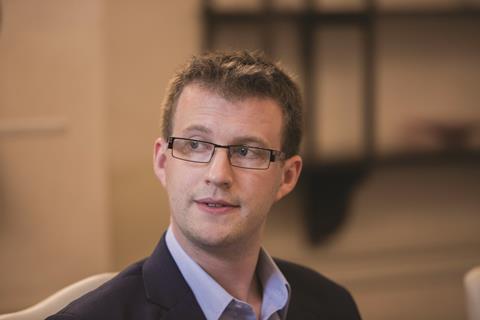
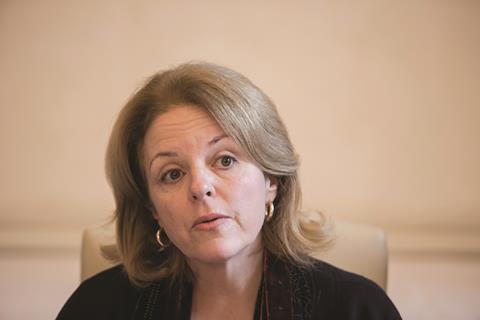


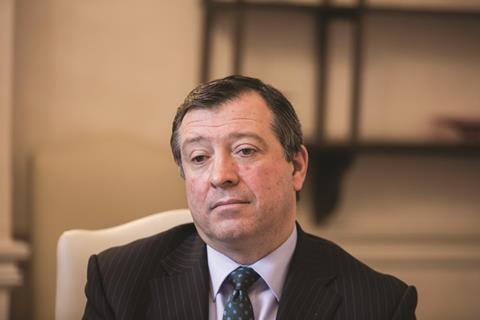







No comments yet